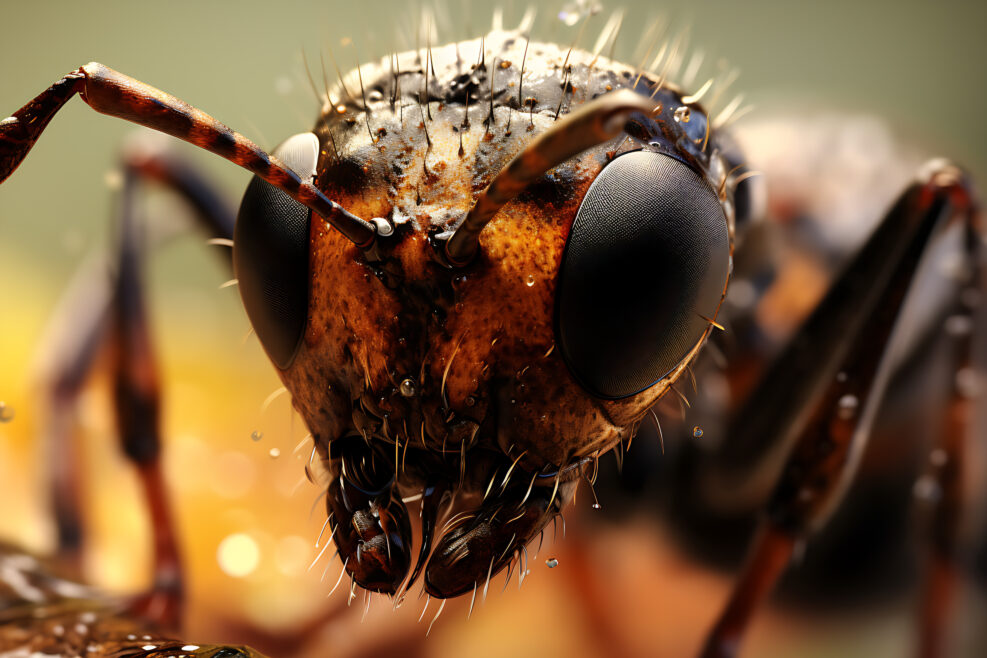
TagEric Cassell

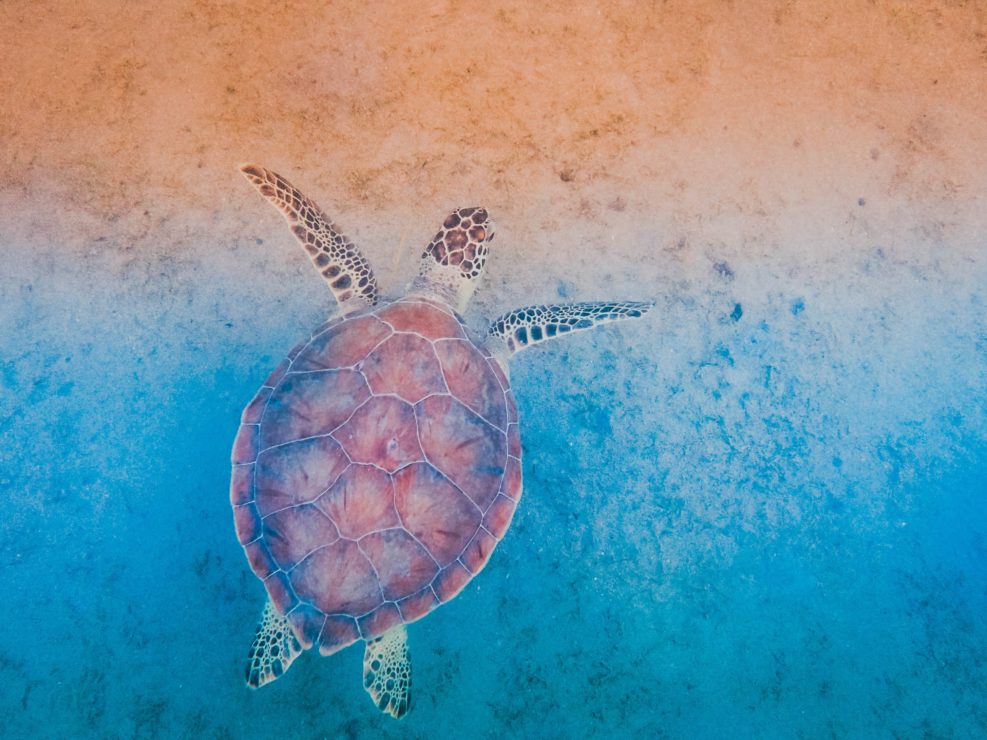
Animal Algorithms and Artificial Intelligence
Did you know that animals have built-in algorithms? Some of these amazing algorithms allow animals to migrate to new places and navigate back to previous locations. Insects also have a wide variety of fascinating social behaviors. Where did they come from? Eric Cassell, author of Animal Algorithms, discusses animal algorithms, artificial intelligence, instincts, and irreducible complexity with Robert J. Marks. Read More ›
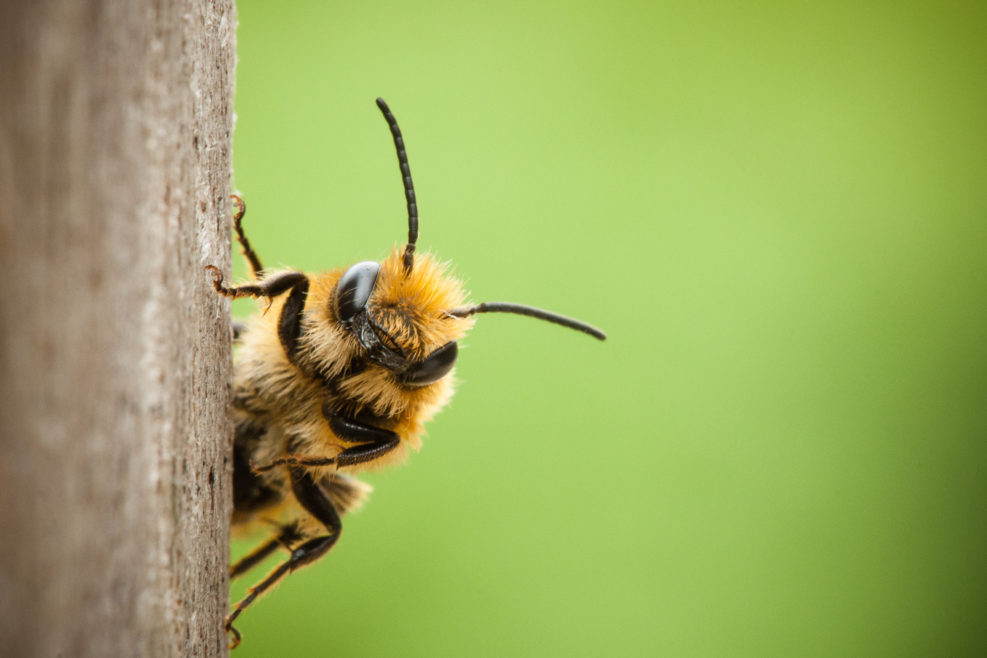
What Does It Mean To Say Bees “Feel and Think”?
The New Scientist reviewer is unsure that we are ready for such a radical message. Unsure? At one time, it would have been branded “NOT science!”Behavioral ecologist Lars Chittka’s book, The Mind of a Bee (Princeton University Press, 2022), is a fascinating detailed description of bee behavior that will cure us of believing that the insect world is devoid of intelligence or sensation. Indeed, in a 2018 essay with Catherine Wilson, Chittka offers many research findings in a shorter format. It’s only in Chapter 11, toward the book’s end, that he makes a controversial claim: From the very start, early in evolution, nervous systems were inseparable from movable bodies with sensors, and developed in order to integrate perception and action. The challenges of survival and self-replication (reproduction) that a moving organism faces are most efficiently met when brain and body are intimately connected, enabling the Read More ›
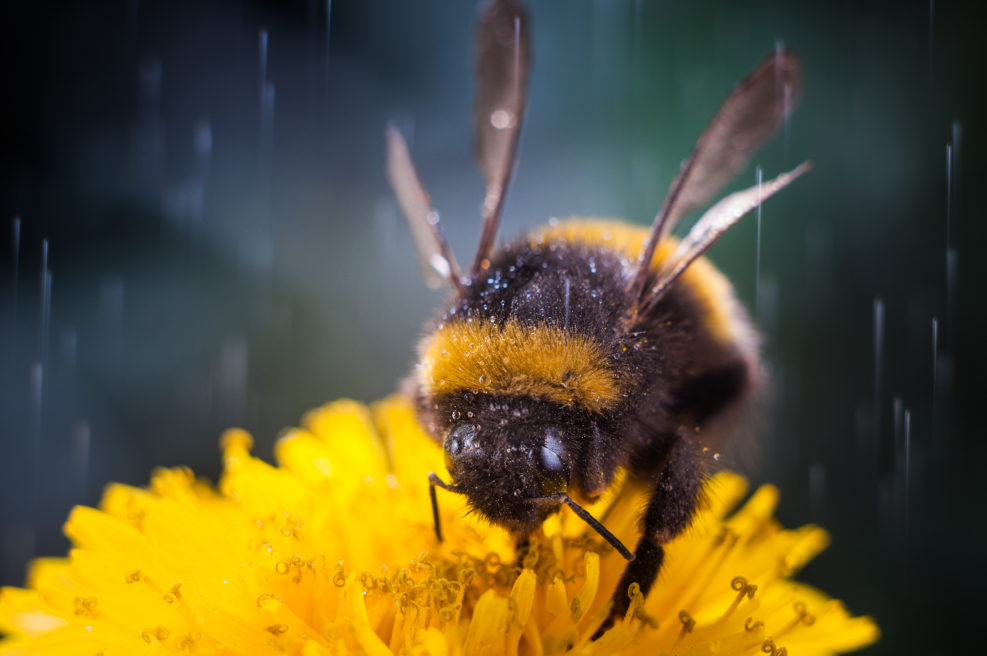
Bees Feel Pain. And Therefore… Insect Rights?
As we learn more from research about how various life forms respond to experiences, a more complex picture may raise political issuesFrom an online newsletter from Vox writer Kenny Torrella, we learn of a research study confirming that bumblebees feel pain: In a study published last week in the journal PNAS, researchers in the United Kingdom found that bees make trade-offs about how much pain they’re willing to tolerate in order to get better food. The finding suggests bees aren’t just mindless automata responding to stimuli but rather conscious, feeling creatures that can experience pain and engage in complex decision-making. Kenny Torrella, “Can a bee feel,” Vox (August 5, 2022) The paper is open access. Essentially, the researchers offered bumblebees sugar water in color-cued unheated containers, at solutions of 10%, 20%, 30%, or 40%. Then they introduced a catch: They heated Read More ›
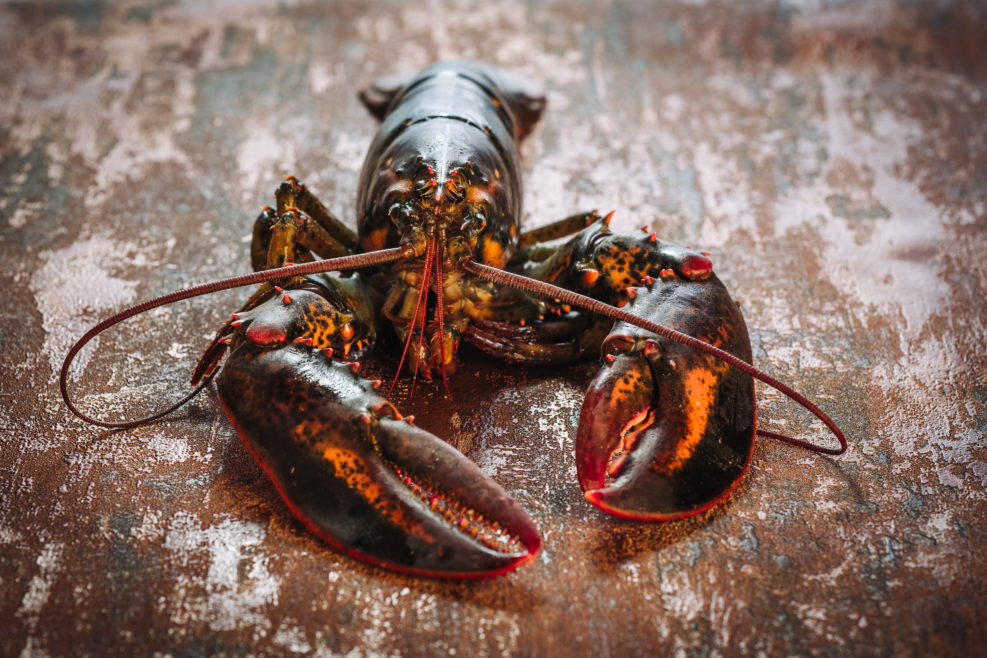
Asked at “The Scientist”: Do Invertebrates Have Feelings?
Just as vertebrates differ greatly in intelligence and sentience, invertebrates may differ greatly too. The seafood industry is taking heed.People did not ask this question about invertebrates like bees and snails fifty years ago: Decades ago, scientists and lawmakers had all but reached a consensus that invertebrates could not feel pain, let alone other emotions like joy or fear. Recently, however, evidence is mounting that invertebrates are more than just reflexive beings. Experiments in bees, crabs, and octopuses show that some invertebrate animals can learn from painful experiences, have positive and negative emotion-like states, and might even experience a range of other emotions beyond pain and pleasure. But not all scientists agree that invertebrates feel anything analogous to vertebrate—much less human—emotion. Natalie Mesa, “Do Invertebrates Have Emotions?” at The Scientist (May 26, 2022) Assessing the evidence is tricky. In Read More ›
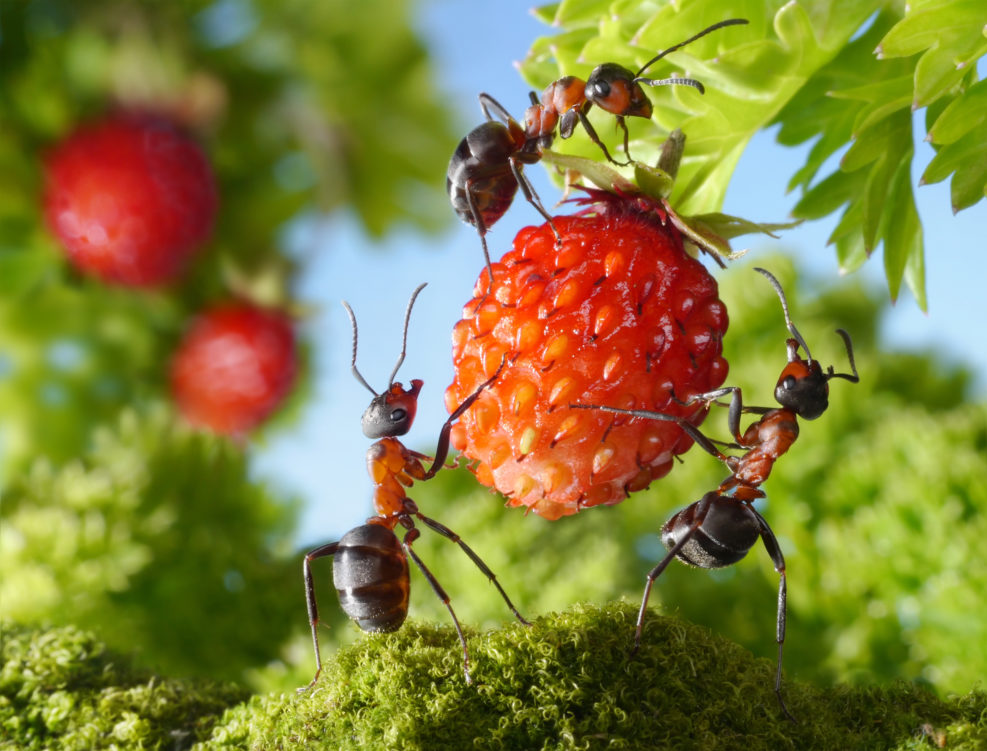
Ants Use Algorithms Similar to Those of the Internet
Optimization algorithms enable the ant colony to decide how many ants to send to a given food source and when to drastically reduce the numberResearchers are beginning to understand how ant colonies can make complex decisions. It’s best understood, they say, as something like an optimization algorithm: Scientists found that ants and other natural systems use optimization algorithms similar to those used by engineered systems, including the Internet. These algorithms invest incrementally more resources as long as signs are encouraging but pull back quickly at the first sign of trouble. The systems are designed to be robust, allowing for portions to fail without harming the entire system. Understanding how these algorithms work in the real world may help solve engineering problems, whereas engineered systems may offer clues to understanding the behavior of ants, cells, and other natural systems. Cold Spring Harbor Laboratory, “Deciphering algorithms Read More ›
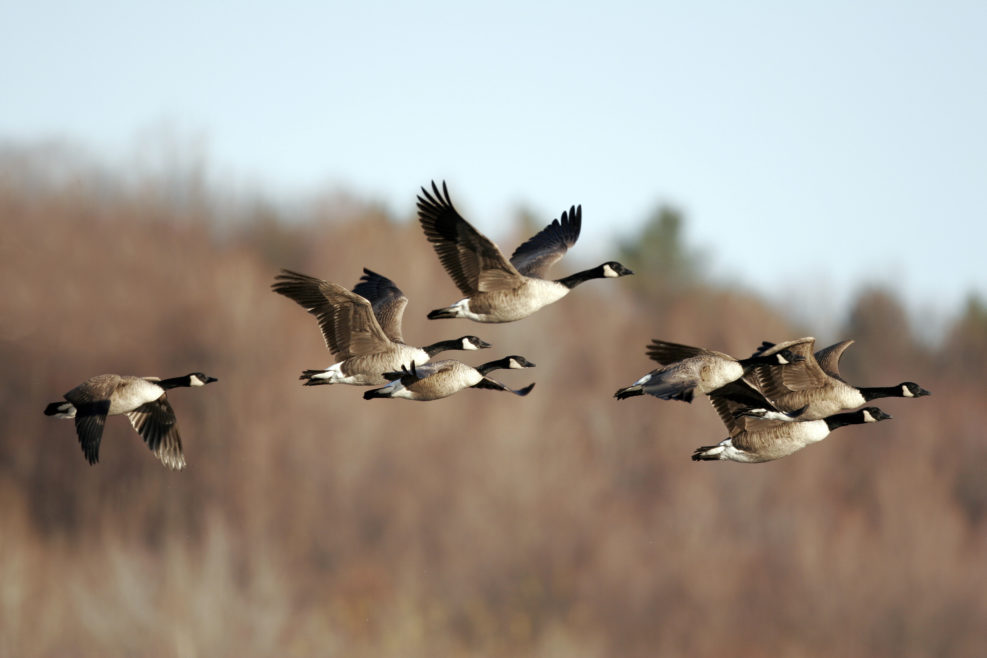
Source of Most Animal Intelligence Still a Mystery
Eric Cassell takes questions: If life forms are born or hatched knowing this stuff, it isn’t learned. But if it’s in the genes, where is it?Recently, geologist Casey Luskin interviewed Eric Cassell, author of Animal Algorithms: Evolution and the Mysterious Origin of Ingenious Instincts (2021) on one of the central mysteries of biology: How do animals “know” things that they can’t have figured out on their own? This is the third and final part. Here’s the first part, with transcript and notes and here’s the second. Below is the third part, the audience questions, with notes and partial transcript: Eric Cassell is an expert in navigation systems, including GPS whose experience includes more than four decades of experience in systems engineering related to aircraft, navigation and safety. He has long had an interest in animal navigation. His model for animal navigation is the natural algorithm: Read More ›
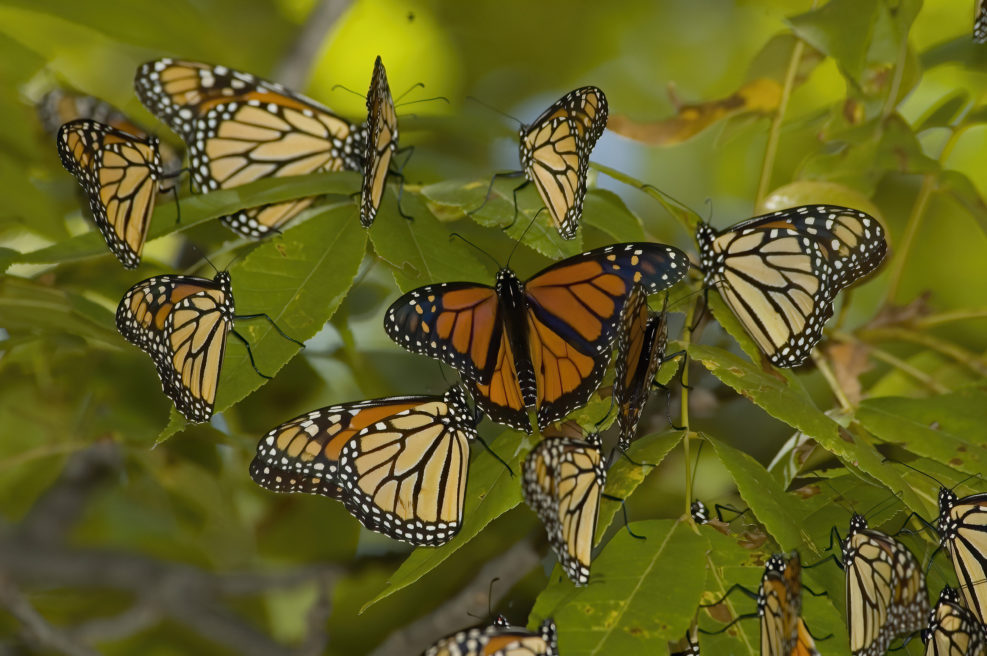
Can Animal Behavior Simply Be Transferred Into the Genome?
For example, how do Monarch butterflies from Canada get to the same trees in Mexico as their great-grandparents landed in?Recently, geologist Casey Luskin interviewed Eric Cassell, author of Animal Algorithms: Evolution and the Mysterious Origin of Ingenious Instincts (2021) on one of the central mysteries of biology: How do animals “know” things that they can’t have figured out on their own? Here’s the first part, with transcript and notes. Below is the second part, which looks at some “how” questions. Eric Cassell is an expert in navigation systems, including GPS whose experience includes more than four decades of experience in systems engineering related to aircraft, navigation and safety. He has long had an interest in animal navigation. His model for animal navigation is the natural algorithm: The animal’s brain is “programmed” to enable navigation. Here’s Part II of our Read More ›
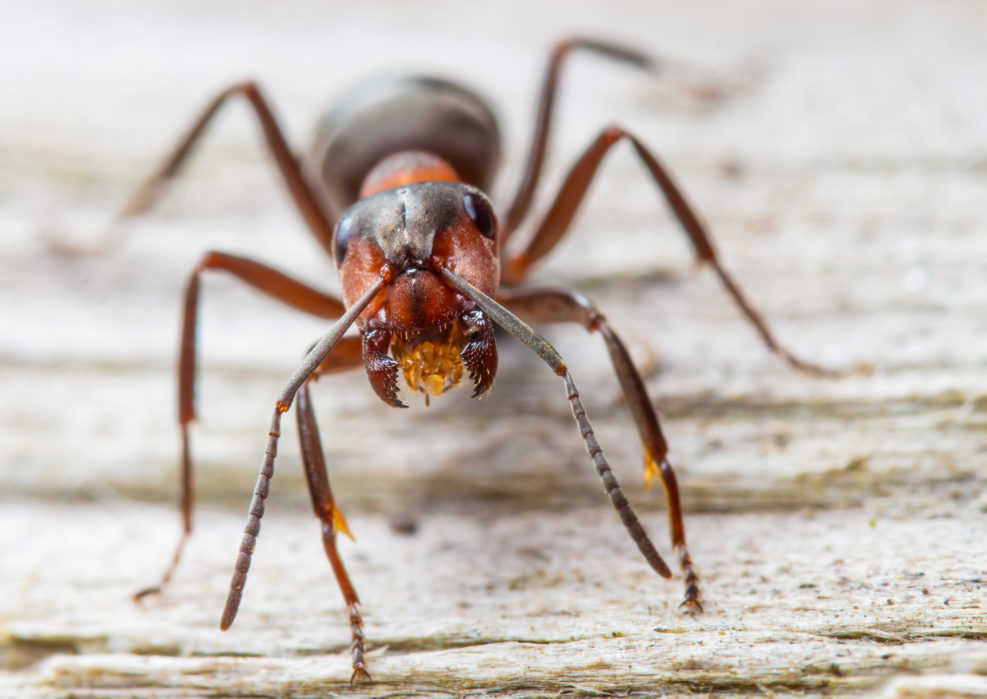
Neuroscience Mystery: How Do Tiny Brains Enable Complex Behavior?
Eric Cassell notes that insects with brains of only a million neurons exhibit principles found only in the most advanced man-made navigation systems. How?Recently, geologist Casey Luskin interviewed Eric Cassell, author of Animal Algorithms: Evolution and the Mysterious Origin of Ingenious Instincts (2021) on one of the central mysteries: How do animals “know” things that they can’t have figured out on their own? Consider, for example, butterflies migrating over several generations from Canada to Mexico and back. No single butterfly makes the whole trip there or back. How can animals do math they know nothing about? How can a great deal of information be packed into a brain with comparatively few neurons? We are slowly learning about some of that. Eric Cassell is an expert in navigation systems, including GPS, whose experience includes more than four decades in systems engineering related to aircraft, Read More ›
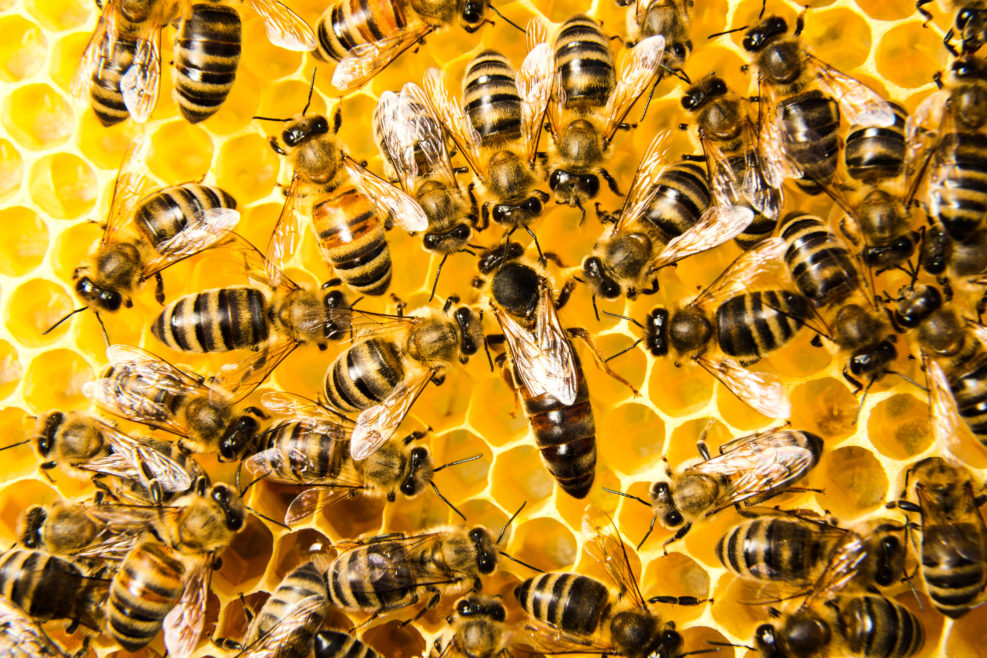
Jaw Dropping Algorithms That Allow Social Behavior to Thrive
How do bees know how to build their hives? Insects have a wide variety of fascinating social behaviors. Where do they come from? Robert J. Marks and Eric Cassell, author of Animal Algorithms, discuss the origins of these mysterious instincts and how AI research has learned a great deal from nature. Show Notes Additional Resources
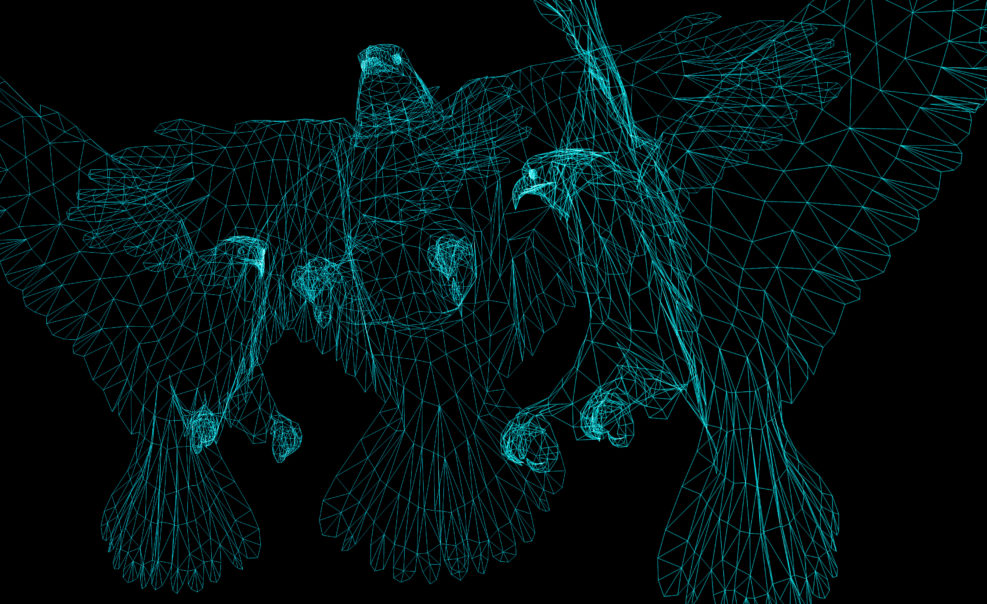
The Astonishing Algorithms That Allow Animals to Navigate & Migrate
An algorithm is a step-by-step procedure to perform a specific task. We usually think of algorithms as being performed by computers. Did you know that animals have built-in algorithms of their own? Some of these amazing algorithms allow animals to migrate to new places and navigate back to previous locations. Eric Cassell discusses his new book, Animal Algorithms, with Robert Read More ›
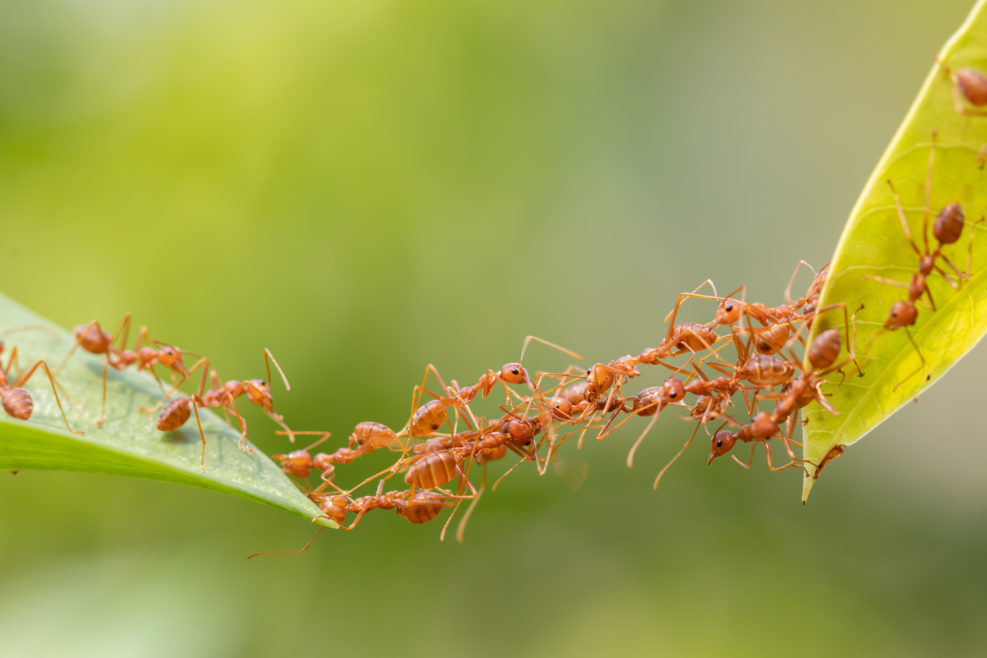
A Navigator Asks Animals: How Do You Find Your Way?
The results are amazing. Many life forms do math they know nothing aboutIn “New book spotlights high tech animal navigation,” aircraft navigator Eric Cassell, speaking recently with geologist Casey Luskin on his new book, Animal Algorithms: Evolution and the Mysterious Origin of Ingenious Instincts (2021)Animals “know” things that there is no way they thought of themselves — or that their parents did. The problem with the “nature or nurture?” debate we all learned about in Psychology 101 is that the debate doesn’t matter. There’s no such simple explanation for how animals learn things like this: … my favorite example is actually in, uh, a desert ant that resides in deserts in Africa, and these ants actually employ several different types of navigation centers. They use a sun compass, a polarized light compass. Read More ›

For Ants, Building a Bridge Is No “Simple” Task
There is nothing “simple” about designing neural systems and the computer systems to receive and interpret neural sensory inputsResearching for my previous Mind Matters article about bird and bee biological software, I came across a short piece at Quanta Magazine entitled “The Simple Algorithm That Ants Use to Build Bridges.” Really, a “simple” insect algorithm? Intriguing. Eric Cassell’s book, Animal Algorithms (2021), reveals the complex and intricate hardware-software systems enabling bird and insect procedures for migration, building nests and structures, social cooperation, and navigation. Grounded in engineering training and experience, Cassell shows that animal algorithms must be designed top-down starting with a goal, fashioning the data input sensors, developing the necessary procedures, and implementing them in software to direct hardware. Yet the Quanta Magazine piece reported that Panamanian army ants’ procedures for building bridges of living ants is accomplished using a “simple algorithm.” The problem the army Read More ›
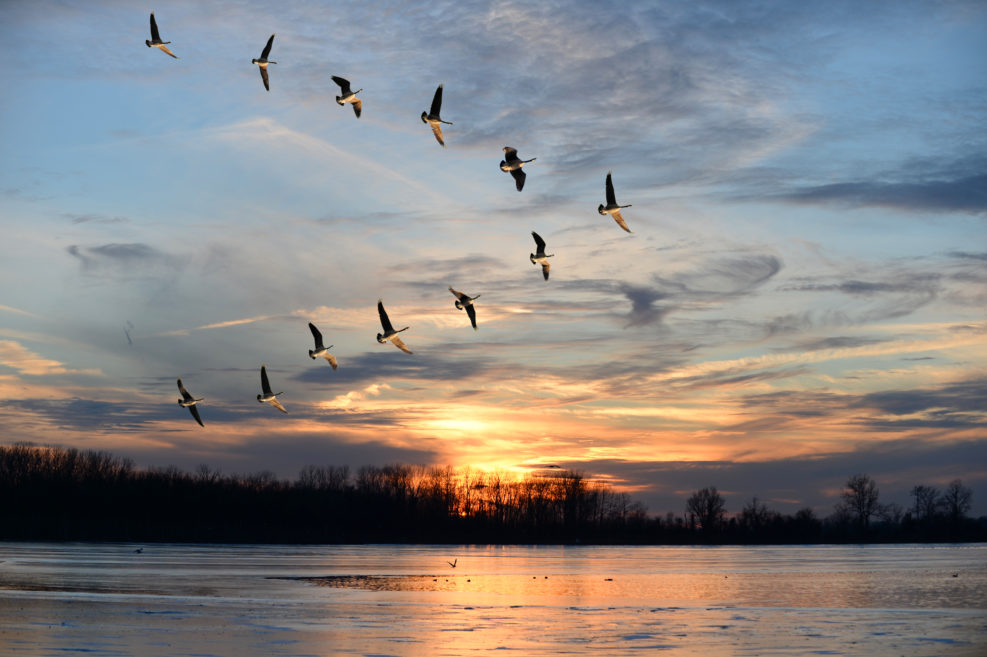
The Intelligence Birds and Bees Naturally Have — and We Don’t
An exploration of the stunning findings in Eric Cassell's new book, "Animal Algorithms"You’re aiming to find your childhood friend’s home in a new city. A map helps; GPS is better. Accessing all that previously-acquired mapmakers’ knowledge, employing all of that satellite, radio and computing technology, you’ll probably (although not certainly) reach your goal. Could some “dumb bird” do any better? Way better, actually. Baked-in Brain Power A bird born near Wales (UK) knows how to fly over 6,200 miles (10,000 km) south in the winter, following the west coastlines of Europe and Africa, then crossing the Atlantic Ocean to land in Argentina. The same bird knows how to return to its original home a few months later. She flies north along the east coasts of South and North America, then crosses the Atlantic back Read More ›